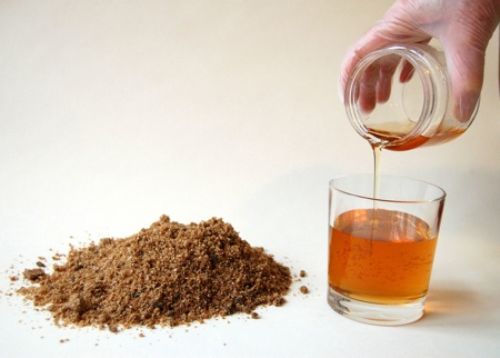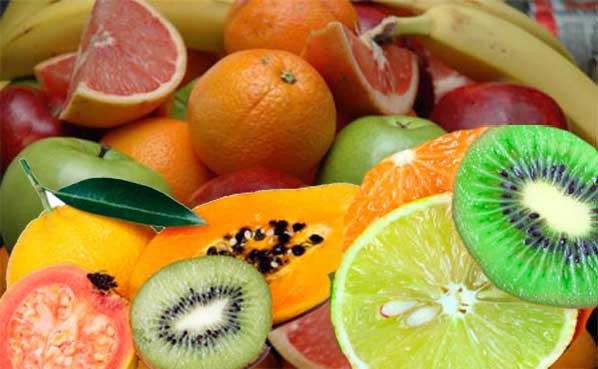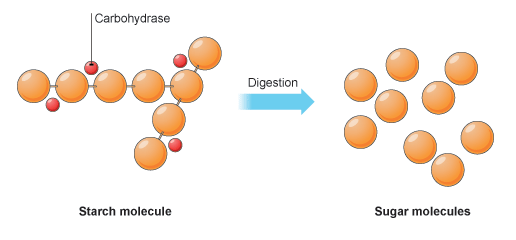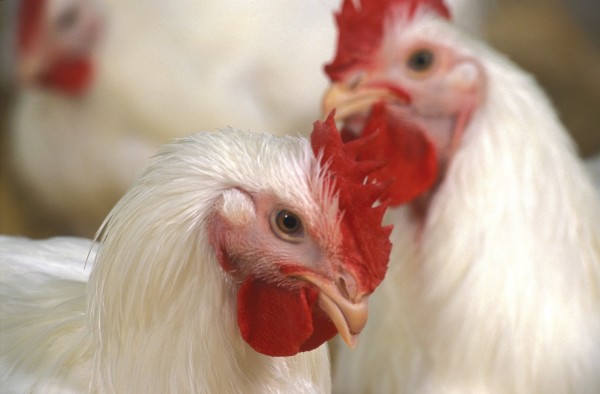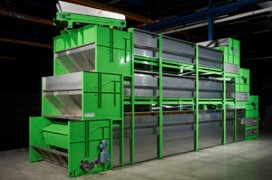The poultry industries all over the world have been subject to a wide range of advances in the past decades. These advances are not limited to the use of technology, but also involve some major advancement in the medicine and farming techniques. These frontiers also include the use of various diets and foods which are directed towards the betterment of the poultry health of the domesticated animals. These feeds include glycerin which has been enhanced using various forms of biodiesel and poultry vitamins.
Glycerin as an input to the poultry diets
The major component of glycerin is glycerol which is used as an energy source. But there are other residual parts and components which have limited the use of these feeds in the animal foods. These components include sodium and methanol. The energy derived from glycerin in animals varies significantly in the animals depending upon the specific methods from which the components had been extracted. But there is a mutual agreement that nearly 85 % of the energy can be obtained easily from these sources. It is through a complete understanding about the role of glycerin that we would be better able to use them in the diets of animals.
The use of garlic as a potential feed supplement
In terms of the feed additives, natural herbs and various forms of plants have been subject to research due to their positive effects on the health of the animals at the farm. Garlic is one of the most effective feed supplement all because of the beneficial effectuations it has towards the health of the animals. The positive effects seen from the use of these feeds include feed efficiency, poultry growth, increased production of eggs and quality. These feeds also help in stimulating the immune system of the animals plus lowering down the levels of cholesterol found in the blood vessels. But there is a variation in the reported results in terms of the authors who carried out the researches. But there is indeed an element of community and agreement between the reported results.
The role of ascorbic acid for reducing heat stress in poultry
There are a number of reviews which have been written in this regard. But our main focus here is on the reviews published relating to the effectuations caused by ascorbic acid on the overall performance of poultry and in the treatment of poultry diseases.
The first review had been written by researchers including Pardue and Thaxton in the year 1986. It focused on the role of ascorbic acid in alleviating or lowering down the effects of the heat stress in the birds brought up in the poultry research settings. The second review in this regard had been published by Whitehead and Keller in the year 2003 which focused on effects on poultry other than heat stress. Heat stress is linked with the decline that comes in the growth, overall performance, and intake of poultry diets, quality and the amount of egg production and poultry feed. Not to forget that it also comes to effectuate the immune system of the animals. Furthermore, the fertility of the male birds is also decreased on being exposed to some enormous amounts of heat stress. Now here the use of 250 mg or more of ascorbic acid has shown to increase the performance, immunity, feeding efficiency, digestion of nutrients, antioxidant status and much more, all of which serve as clear cut pointers towards the positive sides of ascorbic acid and related poultry supplements.
Effects of Carbohydrase Enzymes in poultry
A number of experiments have been performed for the validation of the hypothesis i.e. that the carbohydrase enzymes do come to increase the energy of the animals and the overall performance. The experiments involved the use of CE preparations making use of single and multiple ranges of activities. A substantial amount of improvement had been seen in the digestion of amino acids which was not more than 27 % of the total undigested fraction or part. The positive effectuations caused by the use of the enzymes are quite consistent with the increase and improvements seen in terms of the body weight of the animals.
Selective Breeding
For the production of some elite progenies or animals with better health and endurance there are a number of strategies. This mechanism is more commonly referred to as selective breeding.
The importance of comb for breed selection
Review by N Mukhtar and SH Khan
The formation and the development of the comb are linked with the hormone levels of the body. Both of them come to effectuate the production as well the reproduction parameters of the animals. So, it is evident that the size sof the comb is also linked with the principles of selective breeding. The appearance and production of various traits in animals is also associated with the comb size.
It is quite clear now that through the use of various feeds and poultry vaccines, some of the major issues of poultry science and production can be dealt in a more effective manner. This notion is also supported by a number of researches of poultry science association and reviews of world poultry journal.
This is an abstract from ”world’s poultry science association”
For detail information u can purchase report from cambridge journals or
Subscribe to wapsa journal
